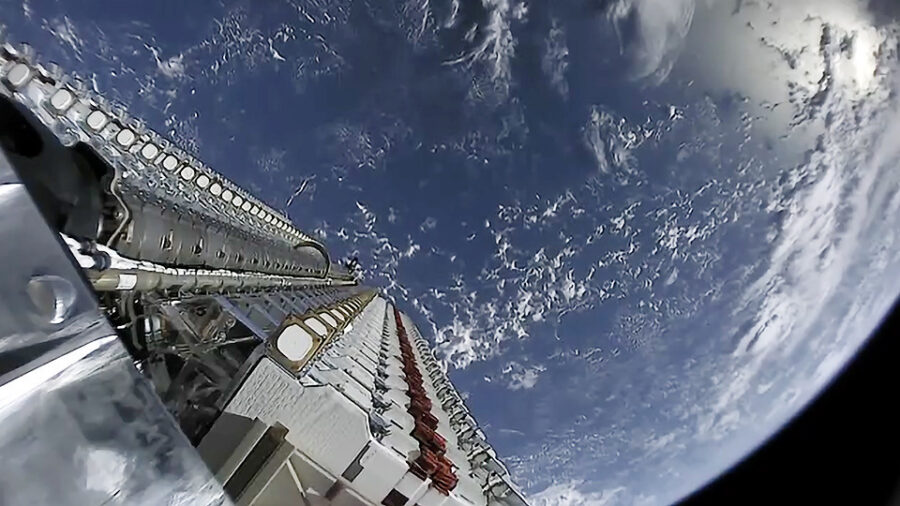Falling Satellites Will Soon Start Killing People?

A recent report by the Federal Aviation Administration claims that we may have falling satellites to worry about in the next decade. The FAA filed a report to Congress claiming that by 2035, over 28,000 fragments from SpaceX’s Starlink satellites could survive re-entry to the atmosphere and pose a danger to humans and aircraft (via Futurism). This claim would directly contradict SpaceX’s own claim that its Starlink satellites are fully demisable and that they burn up completely in the atmosphere at the end of their life cycle.
The FAA says SpaceX’s Starlink satellites could threaten pedestrians and aircraft upon re-entry, but the company claims their reports are outdated.
Of course, SpaceX did not take the falling satellites claim quietly, as it quickly responded to the Federal Aviation Administration’s letter saying that the analysis was “deeply flawed.”
SpaceX says the analysis, which was commissioned by the nonprofit Aerospace Corporation, is based on a decades-old study by NASA which focused on satellites that were made from different materials. Furthermore, SpaceX said the satellites in the study weren’t designed to be demisable and burn up in the atmosphere like the Starlink satellites are.
The company has sunset 325 of its satellites since 2020, and reportedly, there has been no debris found from any of them…
For humanity’s safety, let’s hope that SpaceX is right about this one, as the reality of falling satellites would be pretty grim. The FAA’s report came to the conclusion that the chance of a satellite fragment hitting and killing a pedestrian would rise by 61 percent each year if the Starlink satellites prove to not be demisable.
Also, the chance of a fragment hitting an airplane would be 0.07 percent, which is smaller but still scary.
For now, it does seem like SpaceX has the falling satellites problem under control, as the Starlink project has been performing well by all accounts. The company has sunset 325 of its satellites since 2020, and reportedly, there has been no debris found from any of them, which would seem to support the company’s claim that the Starlink satellites are fully demisable. Hopefully, this trend continues as the company has already launched upwards of 5,000 satellites with plans for many more.

With that many satellites in orbit, the last thing we need is to worry about is them raining down from the sky at random intervals. Starlink did further posit that the Aerospace Corporation also neglected to review SpaceX’s own demisability analysis, mentioning that it “should have been a fundamental part of its analysis.”
Again, the best thing for everyone would be that SpaceX is right on this, but it’s good that someone is making sure they’re staying on top of their safety measures — especially when errors could be potentially disastrous.
SpaceX says the analysis… is based on a decades-old study by NASA which focused on satellites that were made from different materials.
While the Federal Aviation Administration remains skeptical of SpaceX’s claims that we don’t have to worry about falling satellites anytime soon, the company does have another agency trusting it. The Federal Communications Commission has accepted SpaceX’s claims that the satellites are fully demisable, so the company isn’t completely under fire at this point.
It’ll be interesting to see how the Federal Aviation Administration decides to respond, as it is reportedly reviewing the letter, so there may be more data that comes to light in the near future.











